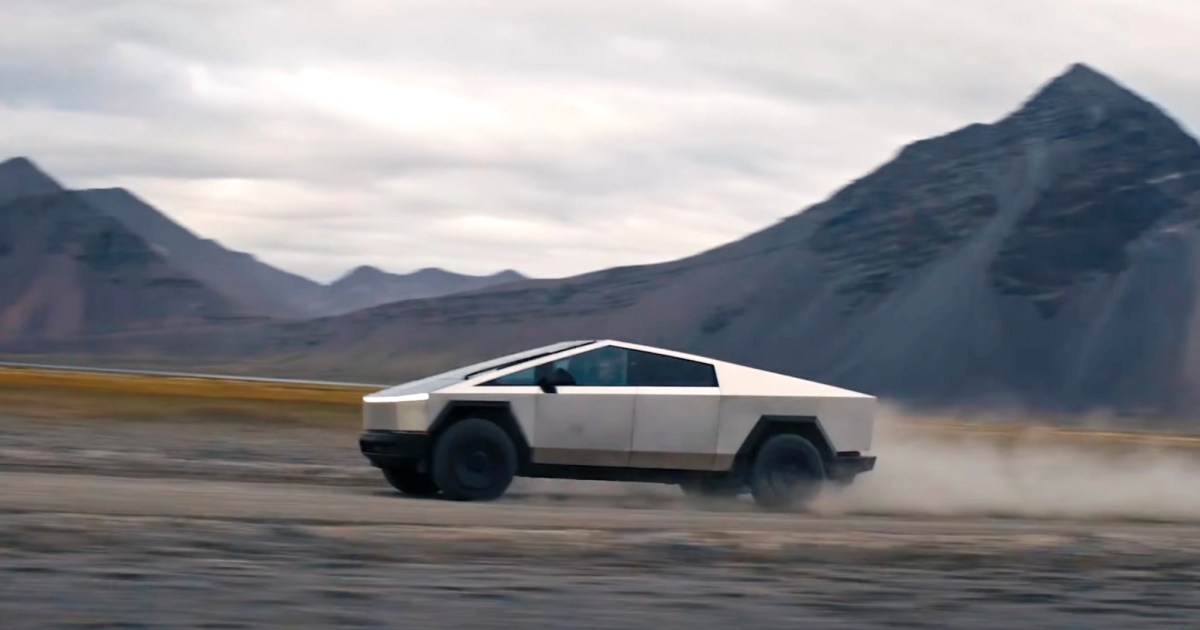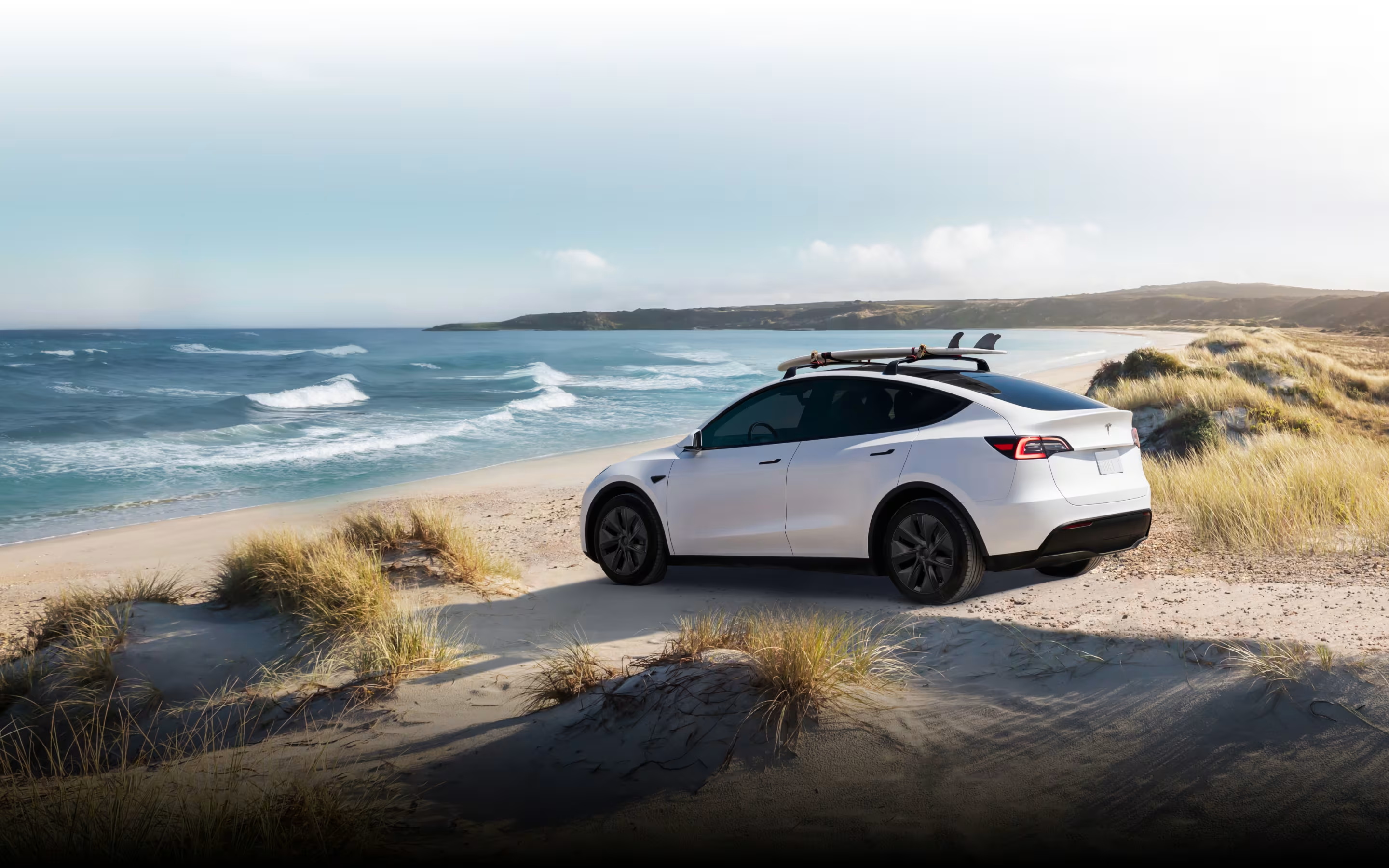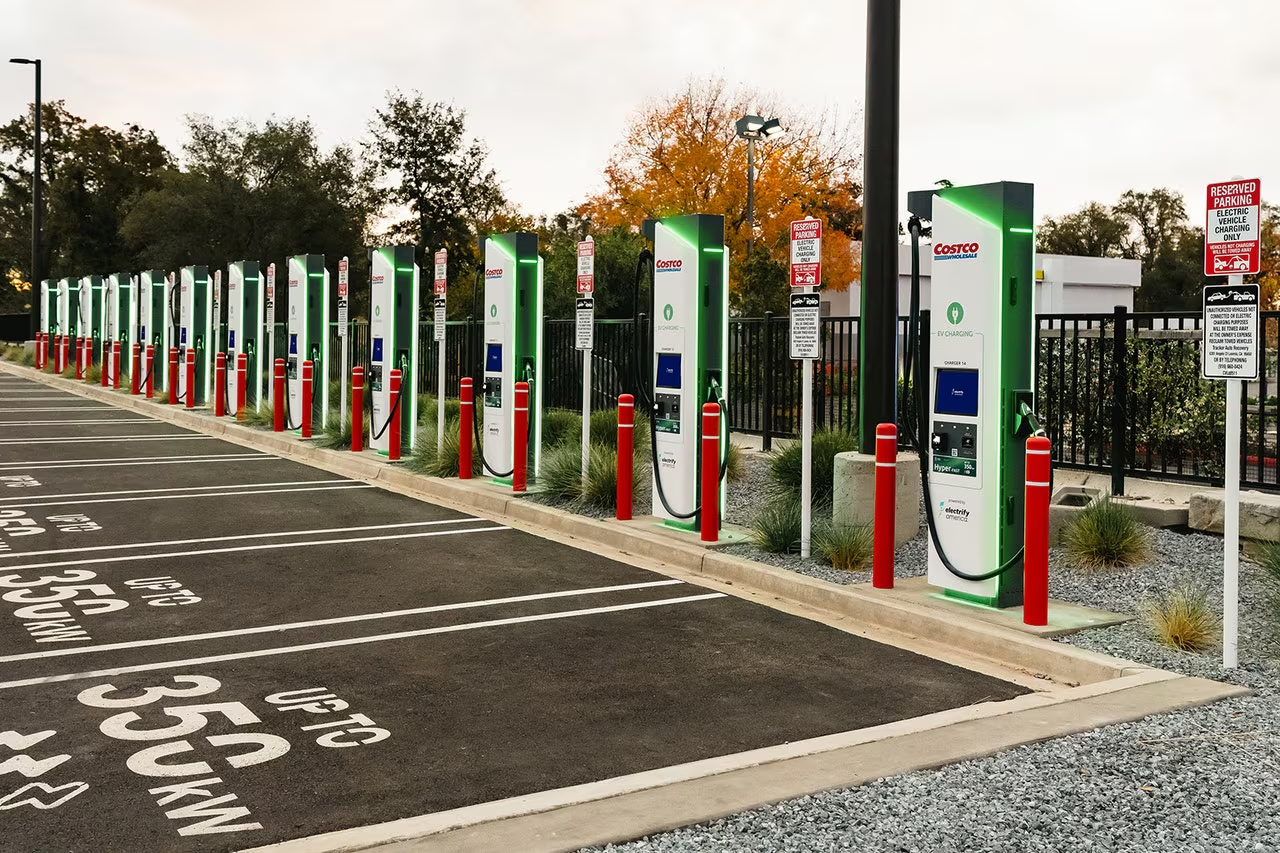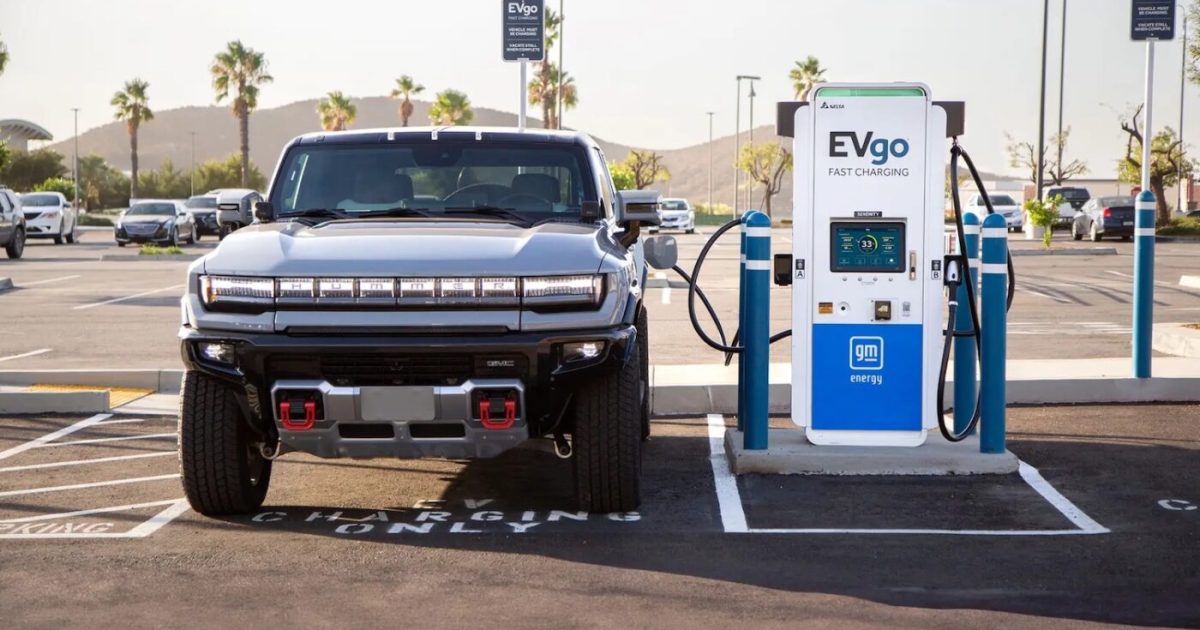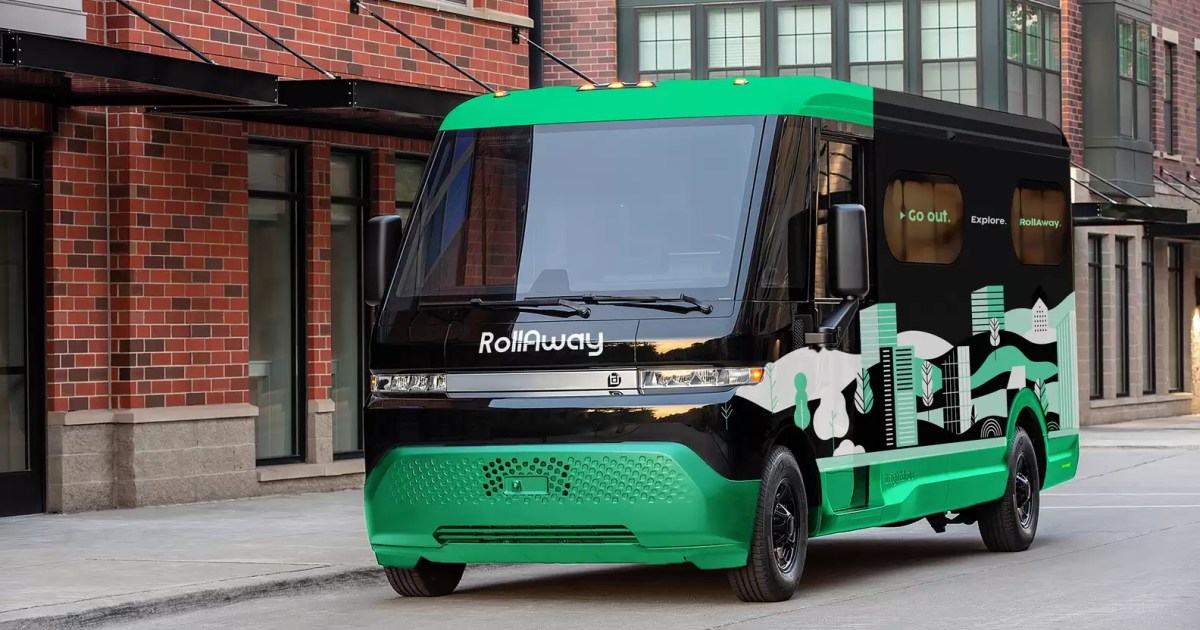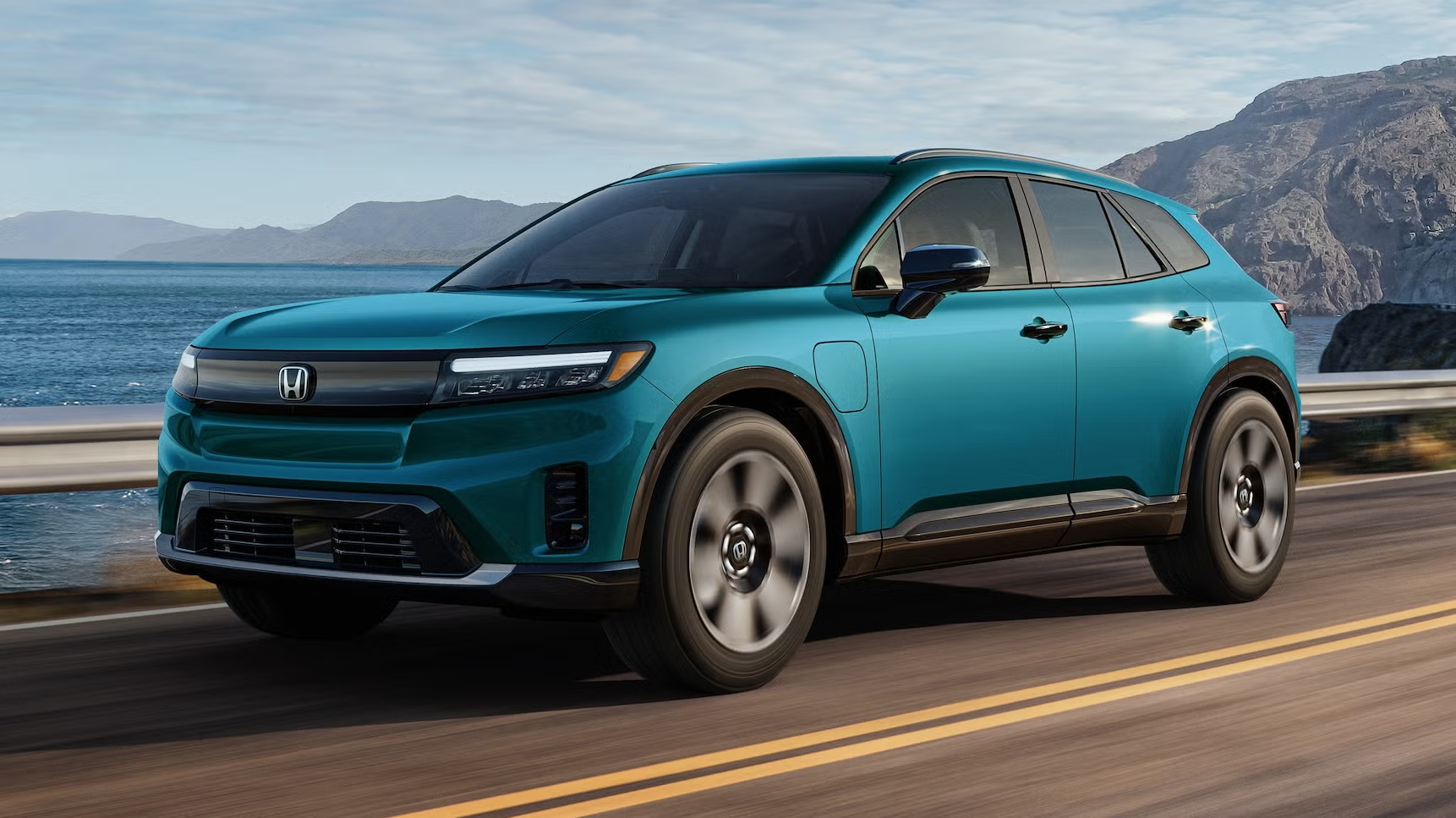The US market for electric and hybrid vehicles continues to evolve, with hybrid sales reaching record highs in the third quarter of 2024, while pure electric vehicle (EV) sales experienced a slight decline. The Energy Information Administration (EIA) recently released a report detailing these trends, revealing a dynamic automotive landscape.
Hybrids Achieve Record Market Share
According to the EIA, combined sales of EVs, hybrids, and plug-in hybrids (PHEVs) accounted for 19.6% of all light-duty vehicle (LDV) sales in Q3 2024. This represents a modest increase from the 19.1% share in the second quarter. Notably, hybrid vehicles spearheaded this growth, capturing a record 10.8% of the LDV market.
EV Sales Experience a Minor Dip
While the overall electrified vehicle market grew, the share of pure EVs dipped slightly from 7.4% in Q2 to 7% in Q3. Despite this minor setback, EVs continue to command a significant presence in the luxury vehicle segment, representing 35.8% of luxury LDV sales. Interestingly, while the absolute number of luxury EVs sold remains high, their share of total EV sales has fallen to its lowest point since 2017, indicating a growing market for non-luxury EVs.
Tesla Maintains Dominance, Cybertruck Exceeds Expectations
Tesla continues to reign supreme in the US EV market, driven by strong sales of its Model Y and Model 3. Furthermore, the recently launched Cybertruck has outperformed its competitors in the large truck segment, including the Rivian R1S and R1T, Ford F-150 Lightning, Chevy Silverado EV, Hummer EV, and GMC Sierra EV.
Price and Reliability Influence Consumer Choices
The average purchase price for a new EV before incentives stood at $56,351 at the end of Q3, approximately 16% higher than the industry average, according to Cox Automotive. This price difference, coupled with the increasing reliability of hybrid vehicles, may be contributing to the surge in hybrid popularity. Consumer Reports data suggests that hybrids are now perceived as reliable as their gasoline-powered counterparts.
North American EV Production Dominates
The EIA, citing Wards Intelligence data, reports that North American manufacturing accounts for a significant 78.9% of EVs sold in the US. South Korea and Germany contribute 7.3% and 5.3%, respectively. This domestic production dominance is crucial for manufacturers aiming to meet the domestic content requirements to qualify for the $7,500 federal tax credit on new EV purchases. These requirements pertain to final assembly, battery components, and critical mineral inputs.
Federal Tax Credit Future Uncertain
The future of the $7,500 EV tax credit remains uncertain, with reports suggesting a potential discontinuation under the incoming Trump administration. This development could significantly impact the EV market in the coming year.
Conclusion: A Shifting Landscape
The third quarter of 2024 has revealed a dynamic shift in the US electrified vehicle market. While hybrid vehicles experienced record growth, EV sales witnessed a minor dip. Factors such as price, reliability, and government incentives continue to play a crucial role in consumer choices. The future of the EV market, particularly concerning the federal tax credit, will undoubtedly shape the landscape in the coming months.



